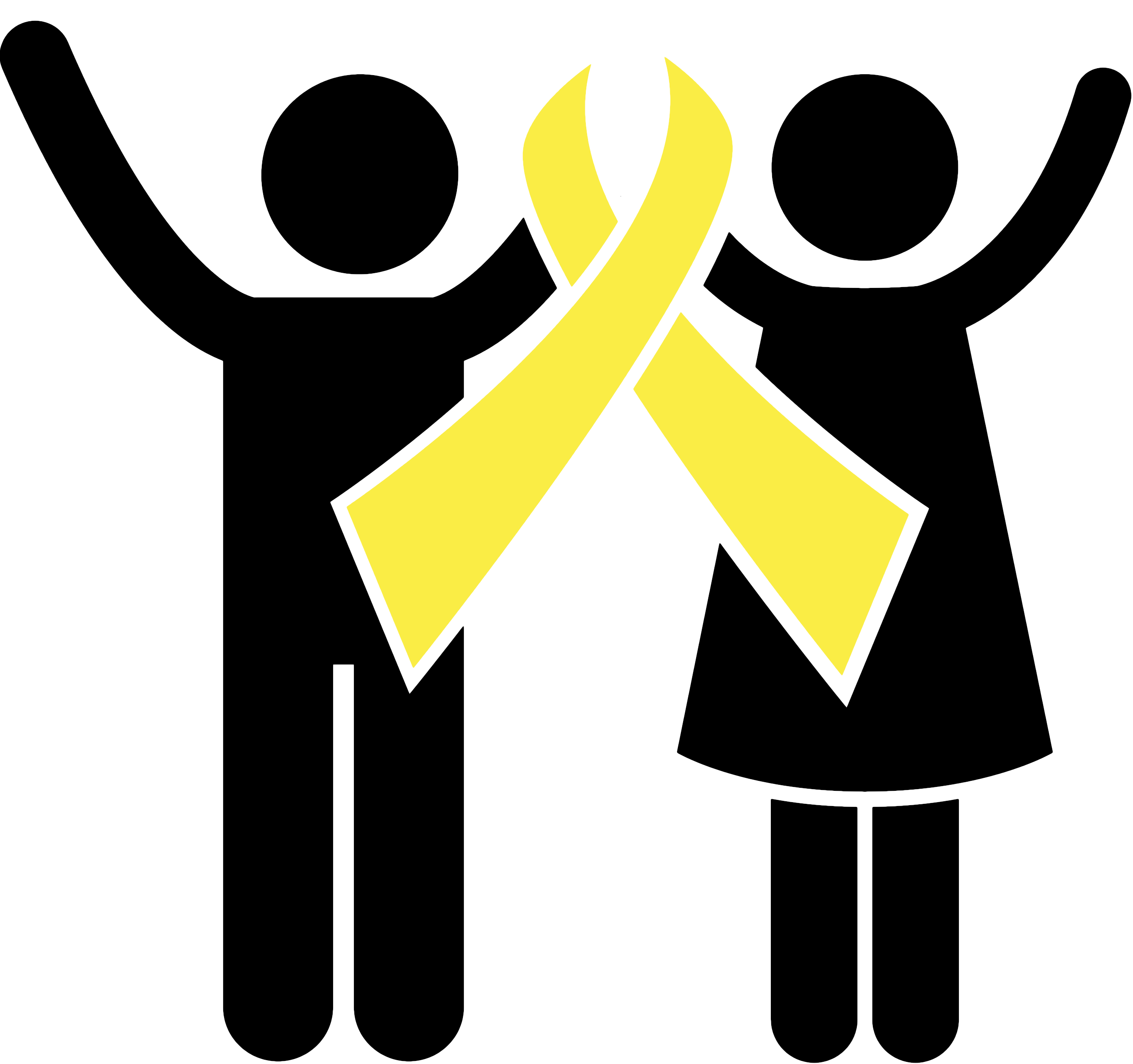What is synovial sarcoma?
Synovial sarcoma is a rare type of cancer that can come from different types of soft tissue, such as muscle or ligaments.
Where does it occur?
- This type of soft tissue sarcoma can arise almost anywhere in the body, including the joints.
- It most commonly occurs in the extremities, near joints such as the wrist or ankle, particularly in the thighs, knees, feet, and forearms.
- It can also occur in the head, neck, trunk, and soft tissues in the lung or abdomen.
What are the common symptoms of synovial sarcoma and at what point should one see a doctor?
Typical symptoms are:
- A painless lump that appears on your hip, knee, ankle, or shoulder.
- A sudden sharp pain in your hip, knee, ankle, or shoulder.
- Swelling that appears in your hip, knee, ankle, or shoulder.
- It’s important to see a doctor if you find a lump that has persistent or unprovoked pain in a soft tissue, such as the muscle of an extremity or from within your abdomen.
Are certain patients more likely to develop synovial sarcoma than others?
Synovial sarcoma can occur at any age, with a tendency to occur in young adults. We also see it in men slightly more often than women.
How is synovial sarcoma diagnosed?
Imaging methods that may be helpful include:
- Plain X-ray
- Computerized tomography.(CT) scan
- Magnetic resonance imaging (MRI)
- PET CT
- However, an official diagnosis can only be made by a sarcoma pathologist after obtaining tissue samples through biopsy or surgery.
What are the treatment options for synovial sarcoma?
Surgery is the mainstay of treatment for synovial sarcoma. The goal is to remove the cancer and a margin of healthy tissue around it.
Other treatments may include:
- Chemotherapy: Healthcare providers use several types of drugs to kill cancer cells.
- Radiation therapy: Radiation therapy uses strong beams of energy to kill cancer cells or keep them from growing.
- Immunotherapy: This treatment works by stimulating the immune system to develop more cancer-fighting cells or healthy cells.
- Targeted therapy: Targeted therapy uses drugs to block substances in or on cancer cells that allow the cells to grow.
- Anti-angiogenesis drugs: These drugs block blood vessel formation, essentially killing cancer cells by depriving them of the blood they need in order to grow.
What should I know about clinical trials for synovial sarcoma?
Clinical trials study new kinds of cancer treatments. Experts use clinical trials to learn how well new treatments work and what are their side effects. Promising treatments are the ones that work better or have fewer side effects than the current treatments. People who participate in these studies sometimes get to use treatments before the U.S. Food and Drug Administration (FDA) approves them. People who join trials also help researchers learn more about cancer.
How do I manage treatment side effects?
Every treatment has different side effects. Talk to your healthcare provider about each treatment so you know what to expect, what your provider can do to help you, and what you can do to help yourself.
What is the chance of recovery?
- The chance of recovery will depend on a variety of influences: if cancer has spread, the size of the tumour, its location, the person’s general health, and other individual factors.
- Also important is how cancer responds to treatment, how much of the main tumour can be removed/destroyed by surgery and/or radiotherapy, and the number of cancer cells killed by chemotherapy.
Is there a risk for metastasis? If yes, where?
Yes, the lungs are the most common site of metastasis for synovial sarcoma. Metastasis to the brain, bone, lymph nodes, and local organs is also possible.
Does synovial sarcoma come back?
It is possible that a sarcoma could return. Some sarcomas tend to reappear in the same location, and others grow in new locations. Typically, if a sarcoma does come back, it happens within the first two to five years after surgery.
Can synovial sarcoma be prevented?
The only way to prevent some soft tissue sarcomas is to avoid exposure to risk factors whenever possible. Still, most sarcomas develop in people with no known risk factors. At this time, there’s no known way to prevent this cancer.
Is synovial sarcoma curable?
Synovial sarcoma can be cured if detected in the early stages. However, this cancer rarely causes any signs and symptoms during early stages. It is an aggressive type of sarcoma that may have already spread in the body by the time it is diagnosed.

